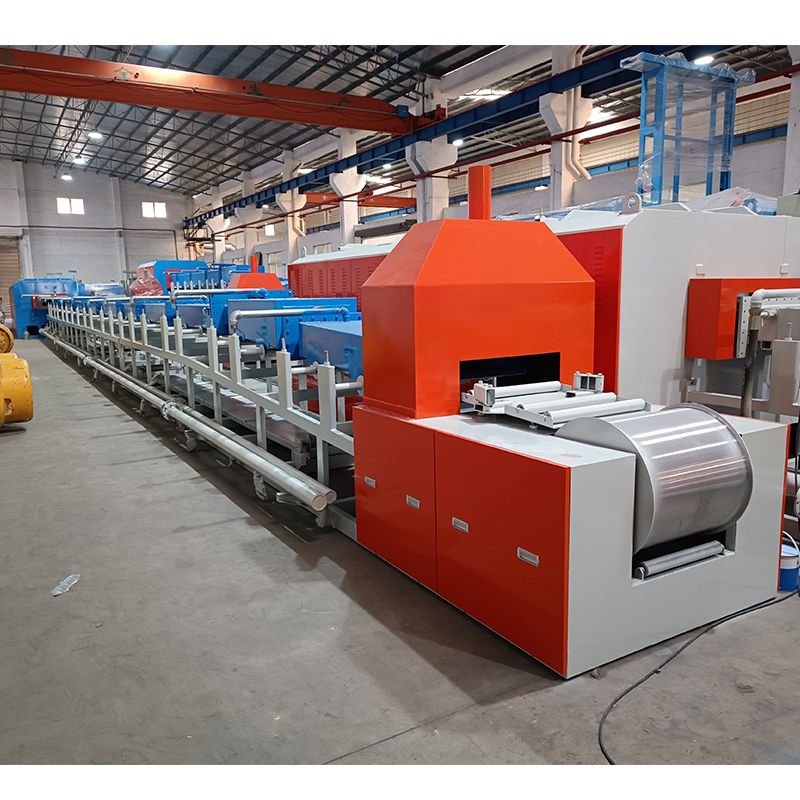How to perform bright quenching heat treatment on screws
Apr. 14, 2025
Performing bright quenching heat treatment on screws is a technical process that requires precise control of process parameters. Its purpose is to achieve high hardness and good mechanical properties while maintaining a bright and oxidation-free surface on the screws.
I. Specific steps for bright quenching
Pre-treatment
Cleaning: Thoroughly remove oil stains, rust, and impurities from the surface of the screws. This can be achieved through ultrasonic cleaning, alkaline cleaning, or solvent cleaning.
Drying: Ensure that the screws are completely dry to prevent surface defects caused by water evaporation during the heating process.
Selection of protective atmosphere
Controlled atmosphere: By precisely controlling the composition of the furnace atmosphere (such as CO, H₂, N₂, etc.), a stable carbon potential or nitrogen potential can be achieved to prevent oxidation and decarburization.
Vacuum: Heating in a vacuum environment completely avoids oxidation and is suitable for screws with high precision and surface quality requirements.
Inert gas: Using nitrogen or argon as a protective gas is suitable for medium- to low-temperature bright quenching.
Heating
Heating rate: Control the heating rate according to the material and size of the screws to avoid overheating or deformation.
Temperature control: Precisely control the quenching temperature to ensure complete austenitization of the material. For example, the quenching temperature for carbon steel screws is typically 820-860°C, and may be higher for alloy steel screws.
Holding time: Determine the appropriate holding time based on the effective thickness of the screws to ensure uniform transformation of the microstructure.
Quenching
Cooling medium: Select an appropriate quenching medium, such as fast quenching oil, polymer aqueous solution, or gas quenching (e.g., nitrogen). The cooling rate should be fast enough to obtain a martensitic structure, but not so fast as to cause cracking.
Cooling method: Immersion quenching, spray quenching, or fluidized bed quenching can be used to ensure uniform cooling of the screws.
Tempering (optional)
Purpose: Eliminate quenching stresses, improve toughness, and adjust hardness.
Temperature and time: Select appropriate tempering temperature and time based on the material and performance requirements of the screws. For example, the tempering temperature for carbon steel screws is typically 150-400°C, and the tempering time is determined by the size of the screws.
II. Application examples
Automotive fasteners: High-strength bolts, nuts, and other parts that need to withstand high loads can have their surface hardness and wear resistance improved through bright quenching.
Electronic equipment: Micro screws need to maintain a bright surface to avoid oxidation affecting conductivity.
Aerospace: High-precision screws need to be quenched in a vacuum or controlled atmosphere to ensure stable performance.
III. Precautions
Safe operation: Quenching media (such as fast quenching oil) are flammable, and strict safety operating procedures must be followed.
Environmental requirements: Quenching waste liquid must be treated before discharge to avoid environmental pollution.
Process optimization: Continuously optimize heat treatment process parameters based on the specific requirements of the screws to improve product quality and production efficiency.










